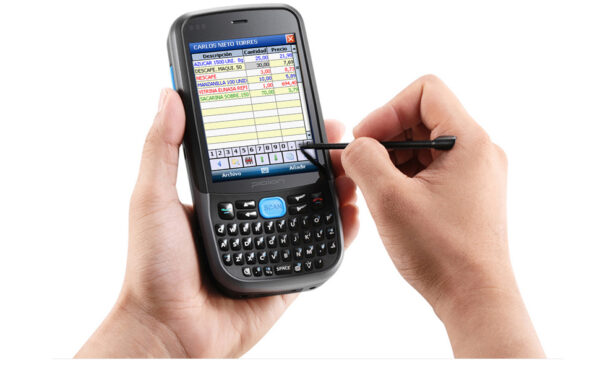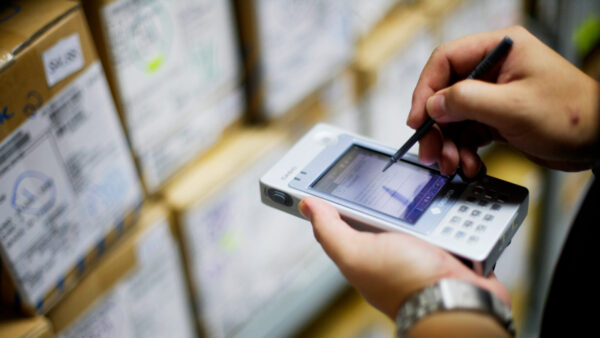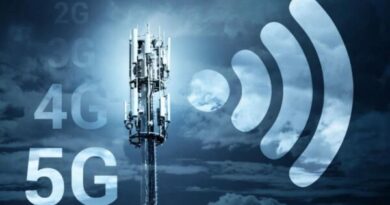The Rise of Personal Digital Assistants: Transforming Everyday Life
In today’s fast-paced world, personal digital assistants (PDAs) have quietly become an indispensable part of our daily routines, revolutionizing how we manage tasks and interact with technology. What began as simple devices for organizing schedules and notes has evolved into a highly sophisticated suite of tools powered by artificial intelligence, capable of enhancing productivity, improving convenience, and streamlining nearly every aspect of our lives.
A Brief History: From Simple Organizers to Smart Companions
The first wave of personal digital assistants came in the form of handheld devices like the PalmPilot in the late 1990s and early 2000s. These early PDAs were primarily designed to store contacts, appointments, and notes, offering a basic but effective way to stay organized. While revolutionary for their time, their capabilities were quite limited compared to what we have today.
Fast forward to the present, and the concept of a PDA has evolved into something far more advanced. No longer confined to small handheld devices, today’s PDAs are integrated into smartphones, smart speakers, wearables, and even cars. What used to be simple digital planners are now intelligent systems that can do everything from managing our day-to-day schedules to controlling the smart home systems around us.
The Modern PDA: Powered by Artificial Intelligence
Modern personal digital assistants like Apple’s Siri, Amazon’s Alexa, Google Assistant, and Microsoft’s Cortana have completely redefined the role of a PDA. These AI-driven assistants are capable of understanding voice commands, analyzing user behavior, and making suggestions based on your habits and preferences. This shift is powered by advancements in natural language processing, machine learning, and big data, which allow these assistants to interact with us in ways that feel intuitive and human-like.
By simply speaking to your phone or a smart speaker, you can ask for weather updates, play your favorite playlist, or even control the temperature in your home. The convenience offered by this hands-free functionality has made PDAs an integral part of many households and businesses.
Everyday Convenience at Your Command:
One of the biggest advantages of modern personal digital assistants is their ability to simplify tasks that would otherwise take time and effort. For instance, instead of manually typing out reminders or scheduling appointments, you can simply say, “Remind me to send that report at 2 p.m.,” and your assistant takes care of the rest. Need directions to a meeting? A quick voice command gives you a route map and estimated time of arrival without needing to touch your phone.
In a business setting, digital assistants help manage tasks like checking emails, scheduling meetings, and even taking notes during conference calls. This level of integration means that professionals can focus more on critical decision-making and less on administrative tasks, improving overall efficiency.
Personalization at its Core:
The beauty of modern personal digital assistants lies in their ability to adapt to individual users. Over time, they learn your habits, preferences, and routines, becoming more effective at anticipating your needs. If you regularly ask for the weather at 7 a.m., your assistant may automatically start providing that information as part of your morning routine.
This level of personalization extends beyond just simple tasks. Imagine coming home after a long day, and your assistant already knows to dim the lights, play your favorite podcast, and set the thermostat to your preferred temperature—without you having to lift a finger. The future of PDAs lies in this seamless blending of technology and human interaction, where digital assistants become true companions that enhance everyday living.

The Future of PDAs: Where Innovation Meets Intuition
The journey of personal digital assistants is far from over. As artificial intelligence continues to advance, we can expect PDAs to become even more intuitive and powerful. Wearables like smartwatches and augmented reality glasses could take the PDA experience to the next level, allowing us to access information and control our environment in real-time, without even having to speak a command.
Moreover, the rise of the Internet of Things (IoT) means that our PDAs will soon be connected to an even broader range of devices—from refrigerators to cars—creating a fully interconnected, intelligent ecosystem. In this future, your PDA may not just remind you about an upcoming meeting, but it could also suggest the fastest route based on real-time traffic data, order your coffee to be ready when you arrive, and adjust the office temperature to your liking.
Beyond Convenience: The Ethical Considerations
As exciting as the future of personal digital assistants may be, it’s important to consider the ethical implications that come with such advanced technology. Privacy concerns are at the forefront of many discussions, as these assistants collect and process vast amounts of personal data to provide personalized services. Striking a balance between convenience and privacy will be a critical challenge for developers and consumers alike.
Furthermore, as AI-driven assistants become more integral to our lives, questions about dependency and job displacement arise. Will we become too reliant on these digital helpers? And how will their increased presence impact industries such as customer service and administration?
Final Thoughts: PDAs as Essential Tools for Modern Life
The evolution of personal digital assistants marks one of the most exciting shifts in how we interact with technology. What started as basic organizational tools have now grown into intelligent systems that integrate seamlessly into our daily lives. Whether you’re using them to boost productivity at work, manage your home, or simply make life a bit easier, PDAs are redefining the meaning of convenience in the digital age.
As we look ahead, the future of personal digital assistants is undoubtedly bright. With ongoing advancements in artificial intelligence and connectivity, these tools are set to become even more personalized, intuitive, and essential to our everyday existence—making the once futuristic concept of a digital assistant a fundamental part of modern life.
FAQs:
- What is a personal digital assistant (PDA)?
A personal digital assistant (PDA) is a software-powered tool, often equipped with artificial intelligence, designed to help users manage tasks such as scheduling, sending messages, setting reminders, and controlling smart devices. PDAs like Siri, Alexa, and Google Assistant respond to voice commands and provide hands-free assistance. - How do personal digital assistants work?
PDAs utilize voice recognition, natural language processing (NLP), and machine learning to understand and execute user commands. When you speak to a PDA, it translates your voice into digital instructions, processes them, and performs the requested tasks. As you interact with it more, the assistant adapts to your preferences for a personalized experience. - Are PDAs only available on smartphones?
No, PDAs are not limited to smartphones. They are found in various platforms like smart speakers (Amazon Echo, Google Home), smartwatches, cars, and other connected devices. They function across multiple devices, offering a seamless user experience. - Can a personal digital assistant handle multiple tasks at once?
Yes, modern PDAs are capable of multitasking. They can manage activities like sending a message, playing music, setting reminders, and controlling smart home devices at the same time. Many even allow users to set up complex routines, automating multiple tasks with a single command. - Do personal digital assistants require an internet connection to work?
Yes, most PDAs need an internet connection to function fully. They rely on cloud processing for interpreting commands and accessing information. However, some basic functions, like setting alarms or accessing local files, may work without an internet connection. - Are personal digital assistants secure?
PDAs prioritize security by using encryption and other protective measures, but because they collect personal data for functionality, users should be mindful of privacy concerns. It’s important to regularly review permissions, keep the software updated, and stay informed about the platform’s privacy policies. - Can I customize my personal digital assistant?
Yes, you can customize most PDAs to suit your preferences. For example, you can teach them to recognize your voice, set specific routines, and choose how they respond to commands. As you interact with them more, they become better at learning and predicting your preferences. - Can personal digital assistants integrate with smart home devices?
Absolutely, PDAs can connect with a wide range of smart home devices. They allow you to control lights, thermostats, locks, and more with simple voice commands, creating a convenient and fully automated home environment. - Do personal digital assistants support multiple languages?
Yes, many PDAs support multiple languages. For example, Siri, Alexa, and Google Assistant can communicate in several languages and may even switch between languages if needed. You can usually choose your preferred language in the settings of your PDA. - What are the privacy concerns surrounding personal digital assistants?
Privacy concerns arise from the fact that PDAs are always listening for activation commands, and they collect data to improve their services. Users should regularly review how their data is stored and who has access to it. Adjusting privacy settings to control what data is collected can help manage these concerns. - How can personal digital assistants improve productivity?
PDAs enhance productivity by automating routine tasks, setting reminders, managing schedules, and giving instant access to information. For business users, PDAs can handle meeting arrangements, send quick responses, transcribe notes, and help users focus on more strategic activities rather than administrative work. - What is the future of personal digital assistants?
The future of PDAs involves even more integration and intelligence, powered by AI advancements. Future assistants will anticipate needs without explicit commands and be further integrated into daily life, interacting with a wider array of smart devices. This shift will make them indispensable in both personal and professional settings.




